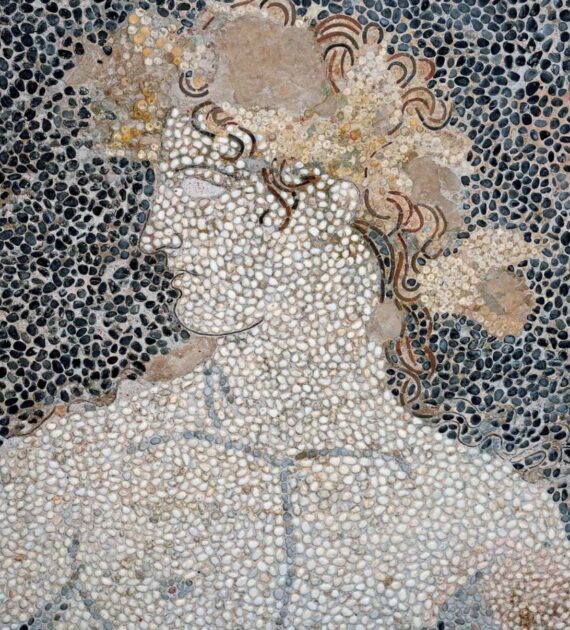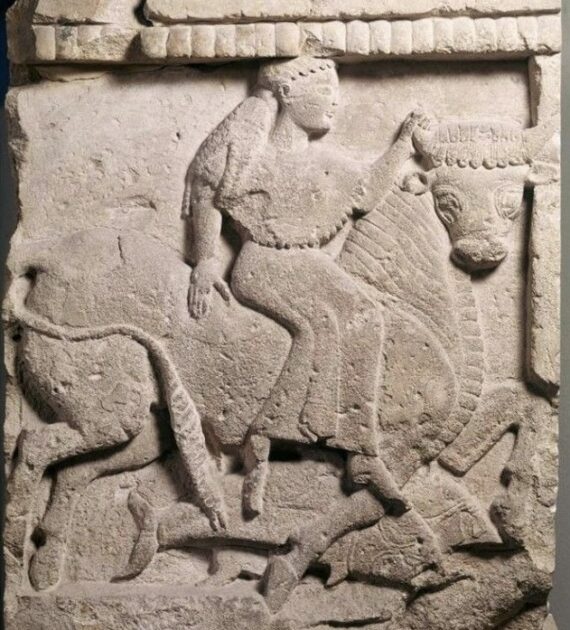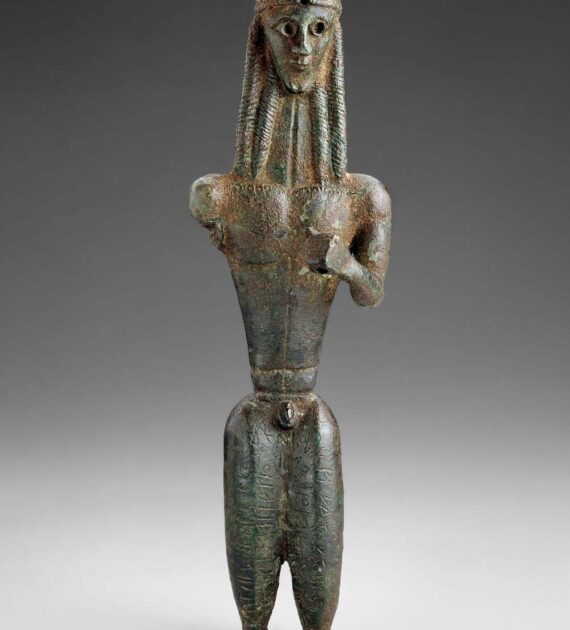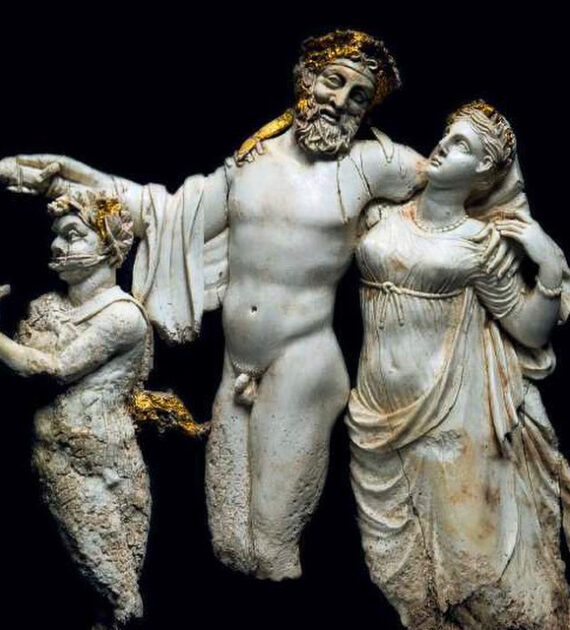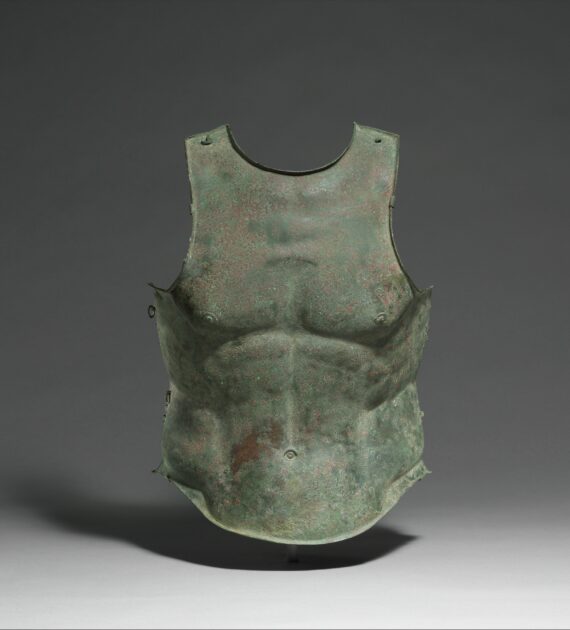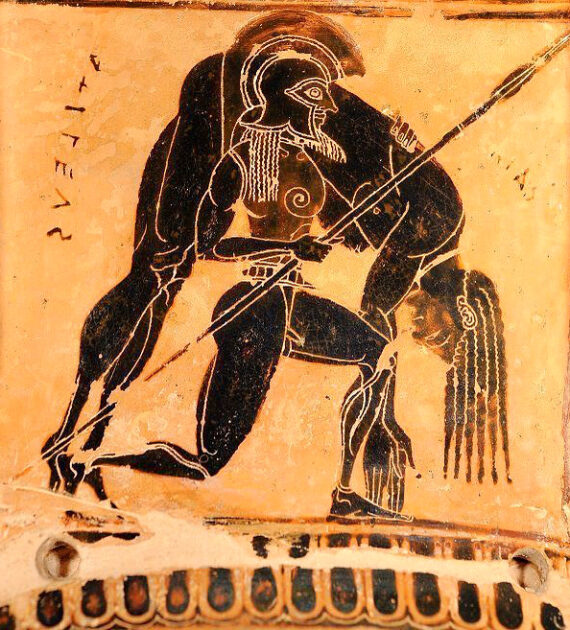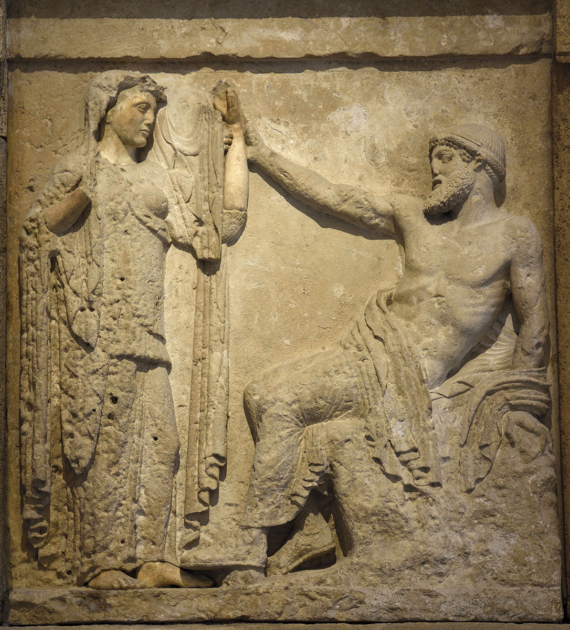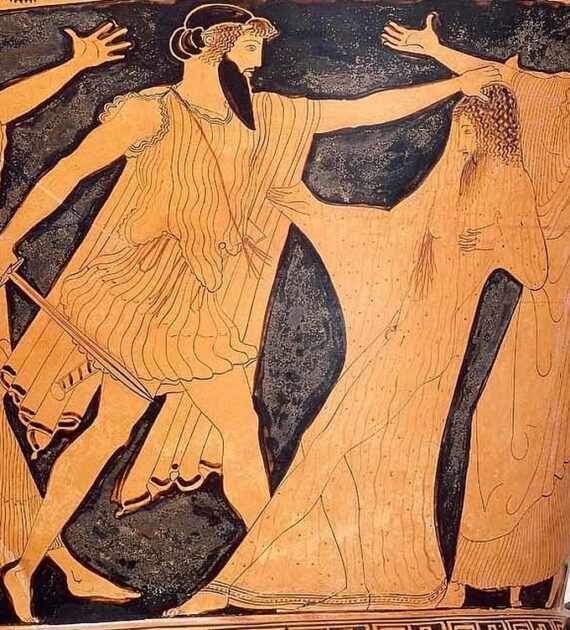The Beautiful Death in Florence
The idea of the ‘thanatos kalos’, the ‘beautiful death’, was a crucial part of the Ancient Greek world view, and specifically referred to the death of a warrior on the battlefield at the absolute pinnacle of his vigor, strength and endurance (physical and mental). This type of death meant the corpse retained elements of this


